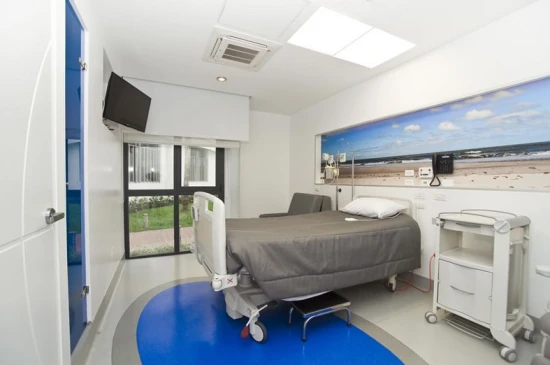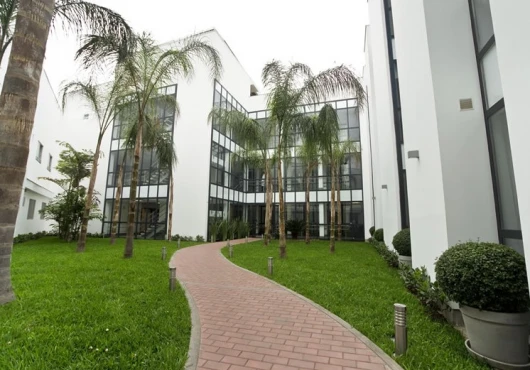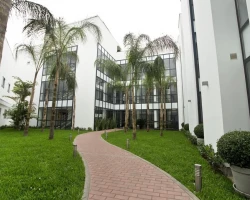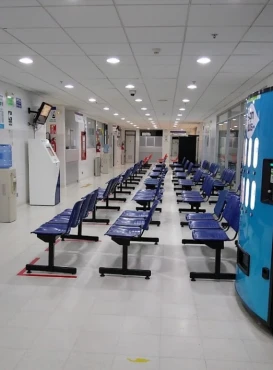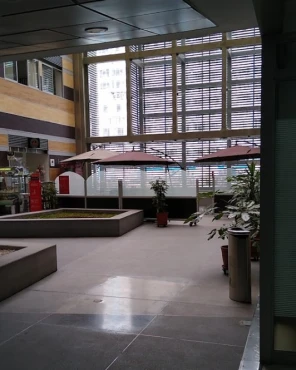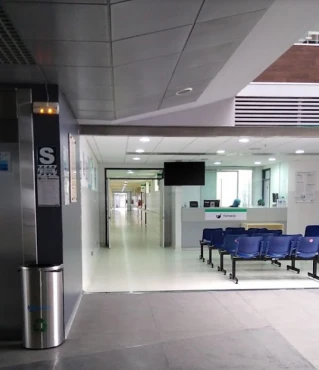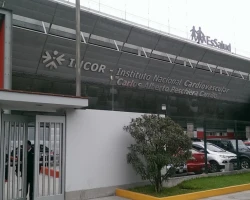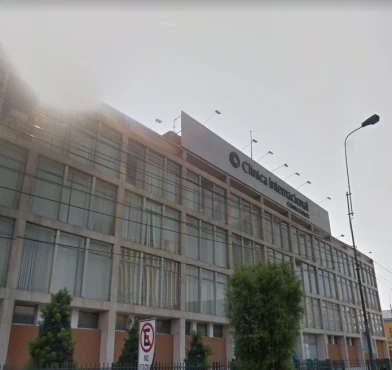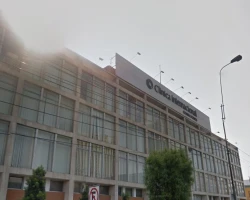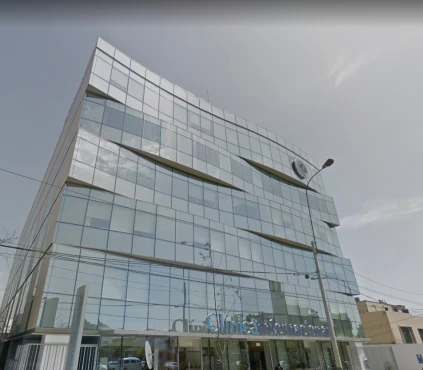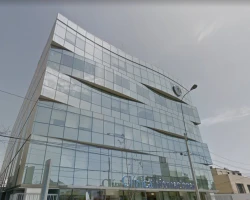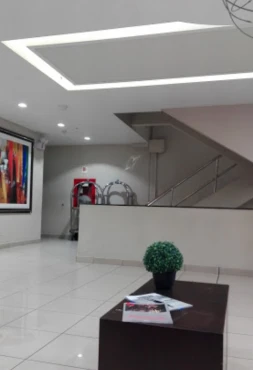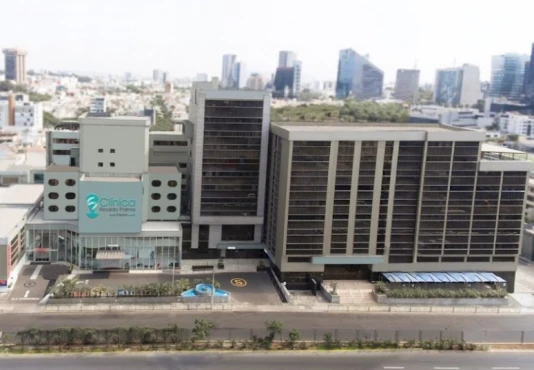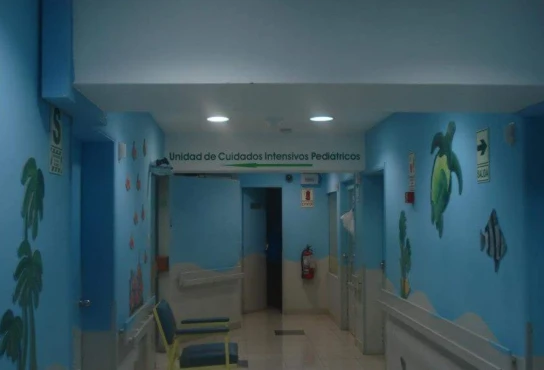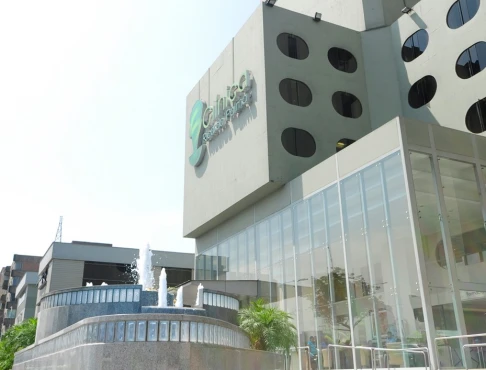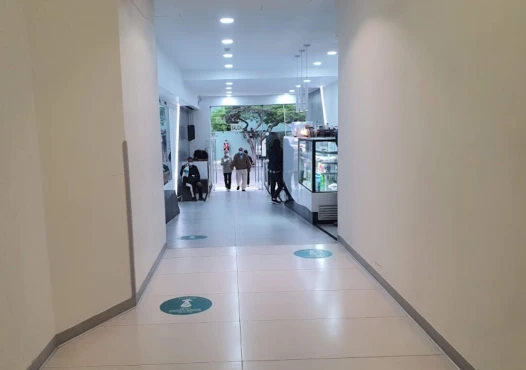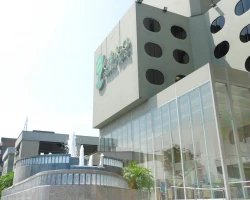Stroke: Understanding, Treating, and Preventing a Cerebral Crisis
Introduction
A stroke, often referred to as a "brain attack," is a medical emergency that occurs when the blood supply to part of the brain is interrupted or reduced, depriving brain tissue of oxygen and nutrients. This article delves into the various forms of stroke, their epidemiology, treatment options, and preventive measures.
Understanding Stroke
A stroke can be classified into two main types: ischemic and hemorrhagic.
- Ischemic Stroke: Occurs when a blood clot obstructs a blood vessel supplying the brain. It accounts for about 87% of all strokes;
- Hemorrhagic Stroke: Caused by the rupture of a blood vessel in the brain, leading to bleeding within or around brain tissue;
- Transient Ischemic Attack (TIA): Often called a mini-stroke, a TIA is a temporary blockage that causes short-lived symptoms.
Epidemiology of Stroke
Stroke is a leading cause of disability and the second leading cause of death globally. Risk factors include age (increased risk in people over 55), gender (more common in men, but more fatal in women), race (higher incidence in African Americans), family history, and genetics. Lifestyle factors such as hypertension, smoking, obesity, physical inactivity, and an unhealthy diet significantly contribute to the risk.
Symptoms of Stroke
Recognizing stroke symptoms is crucial for timely treatment. The acronym "F.A.S.T." is used:
- Face Drooping
- Arm Weakness
- Speech Difficulty
- Time to Call Emergency Services
Other symptoms include sudden numbness, confusion, trouble seeing, dizziness, a severe headache, and loss of balance.
Diagnosis of Stroke
Rapid diagnosis is essential. Techniques include:
- Physical Examination: Checking for F.A.S.T. symptoms;
- CT Scan or MRI: Imaging tests to identify the type and location of the stroke;
- Carotid Ultrasound: To check for carotid artery disease;
- Echocardiogram: To find any source of clots in the heart.
Treatment Options
Treatment depends on the type of stroke:
- Ischemic Stroke:
- Clot-busting Drugs: Intravenous injection of tissue plasminogen activator (tPA), ideally within three hours of symptom onset;
- Endovascular Procedures: Mechanical clot removal (thrombectomy) can be performed in some cases.
- Hemorrhagic Stroke:
- Control of Bleeding and Reduced Pressure in the Brain: Medications to reduce brain swelling, lower blood pressure, and prevent seizures;
- Surgery: To repair blood vessel problems associated with the stroke.
Rehabilitation
Post-stroke rehabilitation is critical for recovery and includes:
- Physical Therapy: To regain strength and coordination;
- Occupational Therapy: To improve daily skills;
- Speech Therapy: For speech and language recovery;
- Psychological Counseling: To address mental health challenges post-stroke.
Prevention of Stroke
Preventive measures are pivotal in reducing the risk:
- Controlling Hypertension: High blood pressure is the most significant risk factor;
- Managing Heart Disease: Especially atrial fibrillation, which can lead to blood clots;
- Lifestyle Changes: Including a healthy diet, regular exercise, quitting smoking, and moderating alcohol consumption;
- Regular Health Checkups: Monitoring and managing conditions like diabetes, high cholesterol, and obesity.
Challenges in Stroke Management
Despite advancements in treatment, stroke management faces challenges, especially in timely diagnosis and access to care. Rehabilitation can be a long and challenging process, requiring sustained effort and resources.
Advances in Stroke Treatment
Recent advancements include new clot-removal techniques, improved imaging technologies for faster diagnosis, and a better understanding of stroke prevention in at-risk populations.
The Role of Public Awareness and Education
Raising awareness about stroke symptoms, risk factors, and the importance of immediate medical attention is crucial. Educational campaigns emphasize the F.A.S.T. acronym and the need for lifestyle modifications for prevention.
Additional Information
Stroke Risk Factors
In addition to the previously mentioned risk factors, other conditions and lifestyle choices can increase the risk of stroke:
- Diabetes: High blood sugar levels can damage blood vessels over time, increasing the risk of clots;
- High Cholesterol: Elevated levels of LDL cholesterol (the "bad" cholesterol) can contribute to the buildup of fatty deposits in the arteries;
- Obesity: Excess body weight, especially around the waist, is associated with an increased risk of stroke;
- Physical Inactivity: Lack of regular physical activity can lead to other risk factors such as obesity and hypertension;
- Smoking: Smoking damages blood vessels and increases the likelihood of clot formation;
- Excessive Alcohol Consumption: Heavy drinking can raise blood pressure and contribute to other stroke risk factors;
- Drug Abuse: Certain drugs, such as cocaine and amphetamines, can increase the risk of stroke;
- Sleep Apnea: This sleep disorder is linked to an increased risk of stroke due to disrupted breathing patterns during sleep;
- Poor Diet: A diet high in saturated and trans fats, cholesterol, and sodium can contribute to the development of risk factors like hypertension and obesity.
Stroke in Children
While stroke is more commonly associated with older adults, it can occur in children as well. Pediatric strokes may result from different causes, including congenital heart defects, infections, and blood disorders. The symptoms of stroke in children can vary widely and may include seizures, sudden weakness, and difficulty speaking.
Stroke and Mental Health
Stroke survivors may experience emotional and psychological challenges, including depression, anxiety, and changes in mood or behavior. Addressing these mental health aspects is an integral part of stroke recovery.
Stroke Research
Ongoing research efforts focus on improving stroke treatments, rehabilitation techniques, and preventive strategies. Clinical trials play a crucial role in testing new therapies and interventions for stroke patients.
Conclusion
A stroke is a serious medical condition with profound health implications. Early recognition and treatment are critical for survival and recovery. Effective management, encompassing both acute care and long-term rehabilitation, can significantly improve outcomes for stroke patients. As research continues, future advancements in stroke treatment and prevention hold the promise of reducing its global impact, saving lives, and improving the quality of life for survivors.
